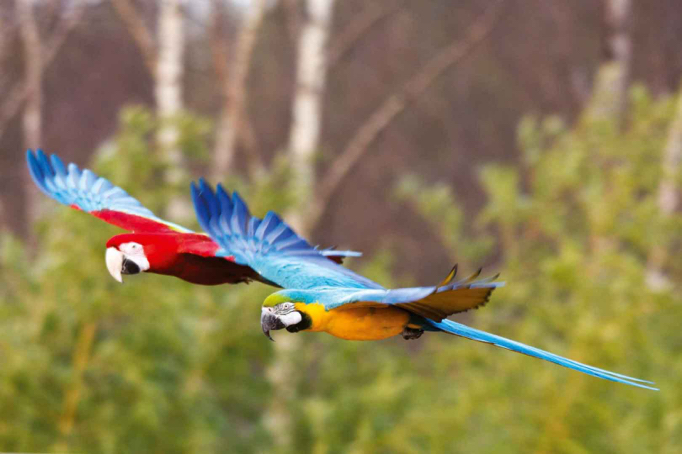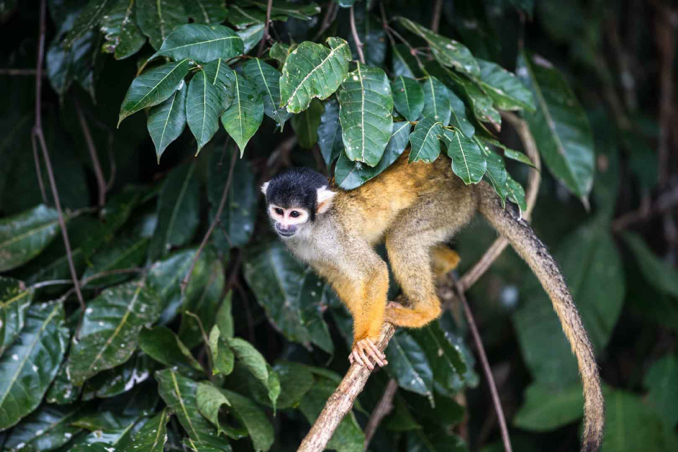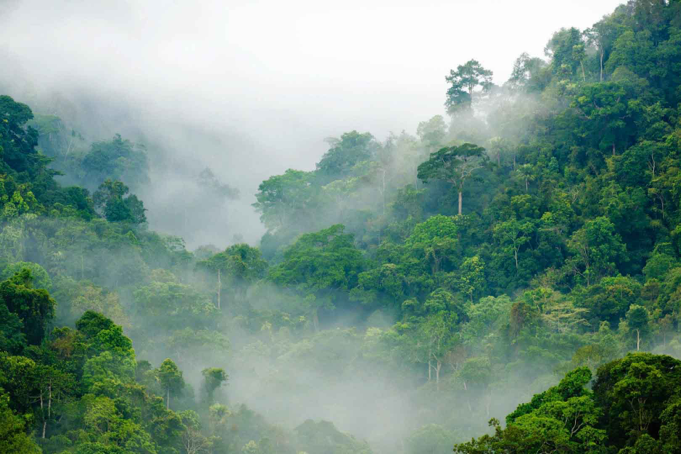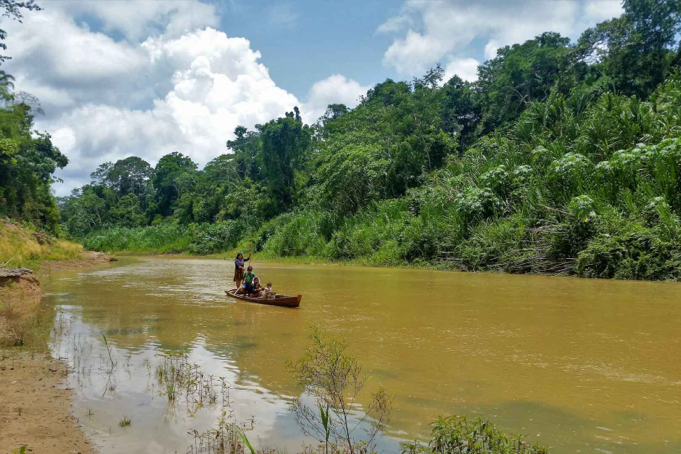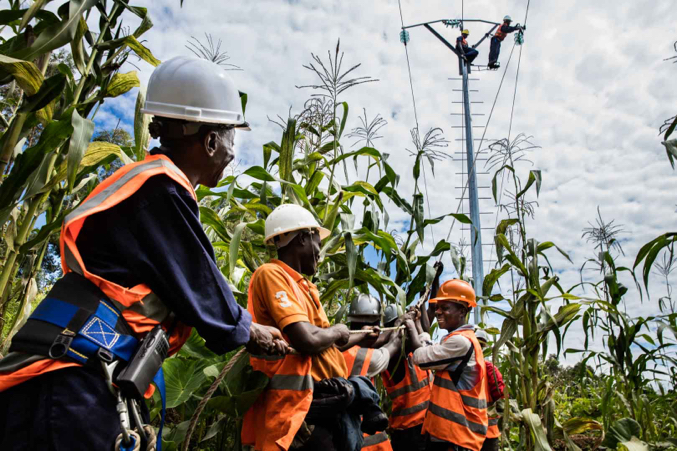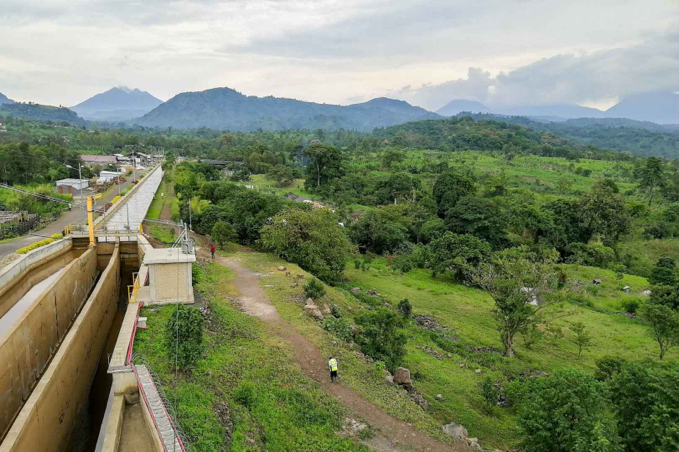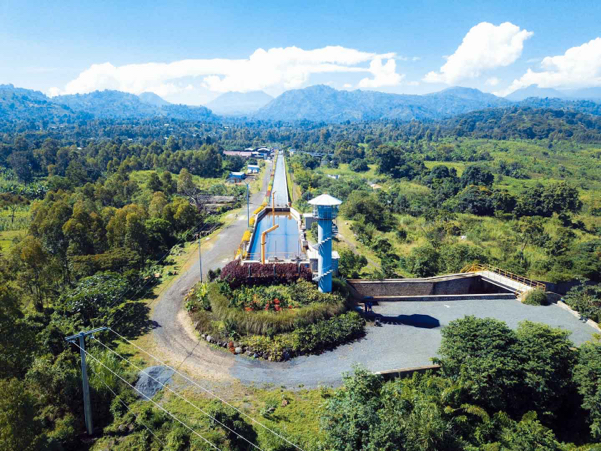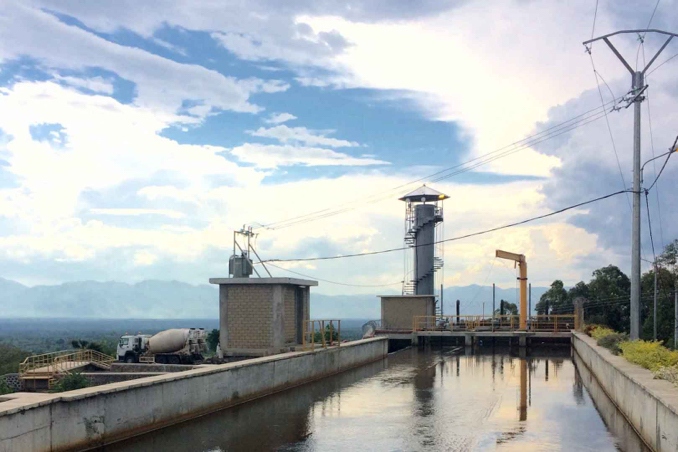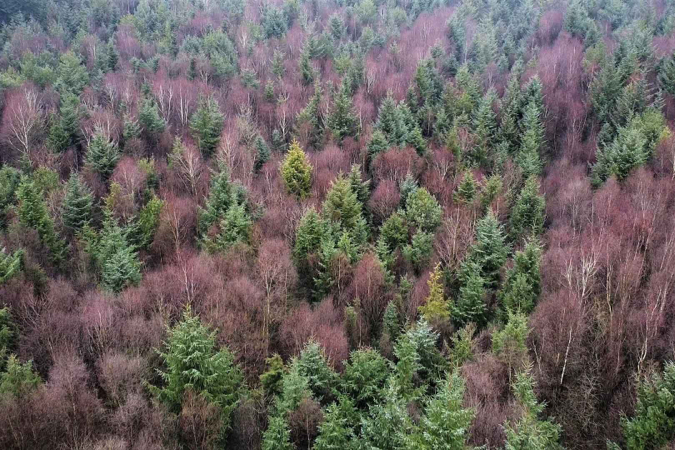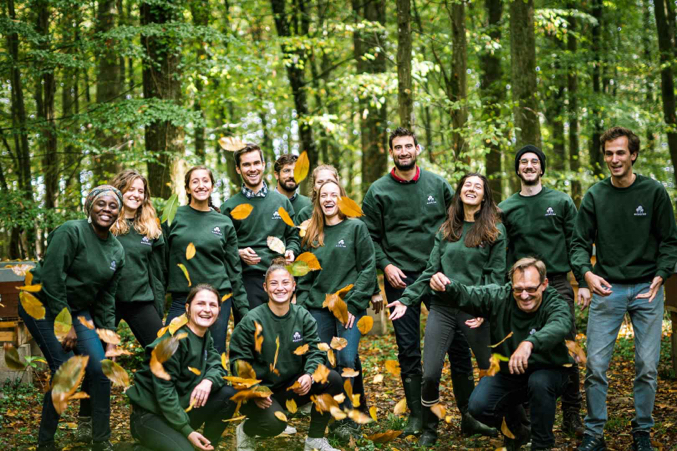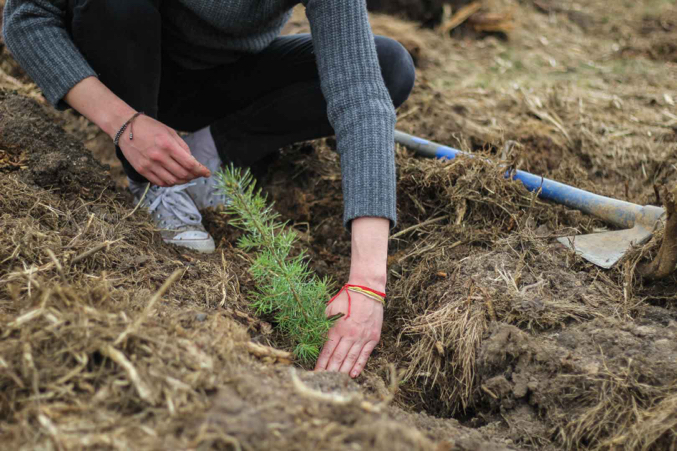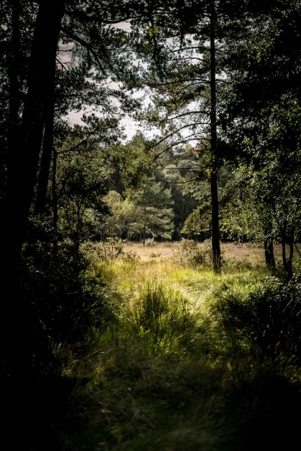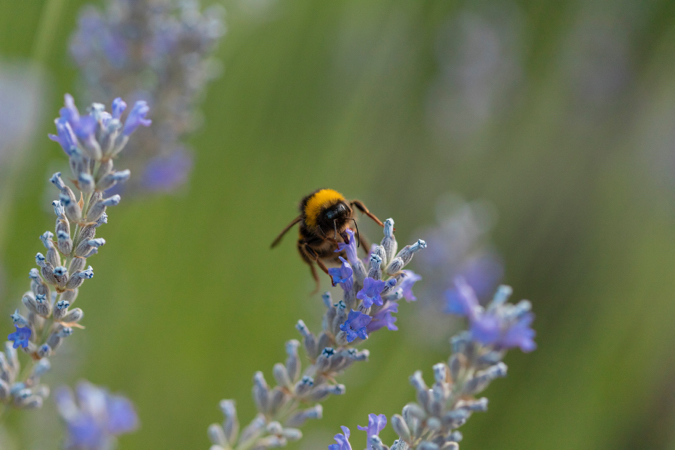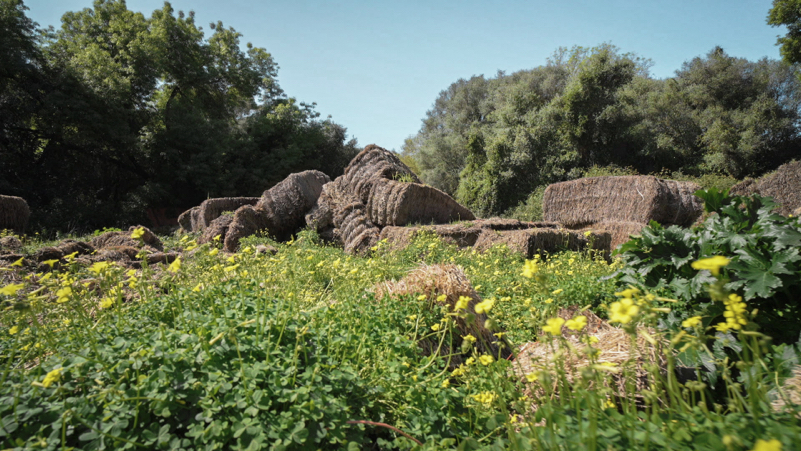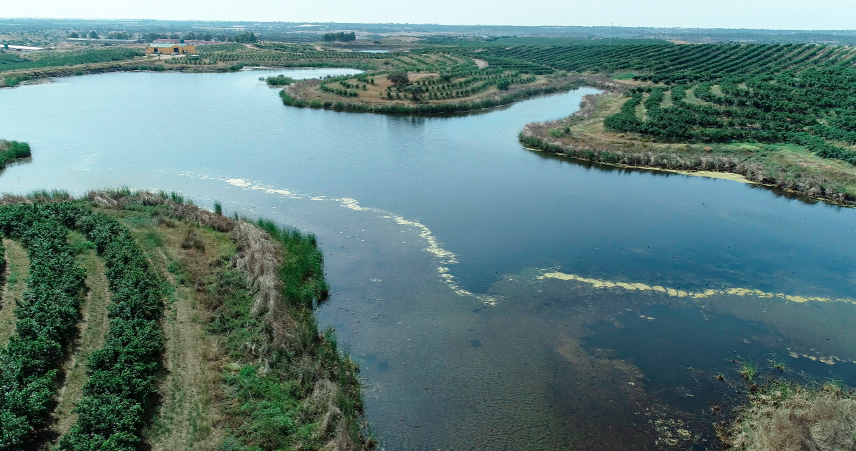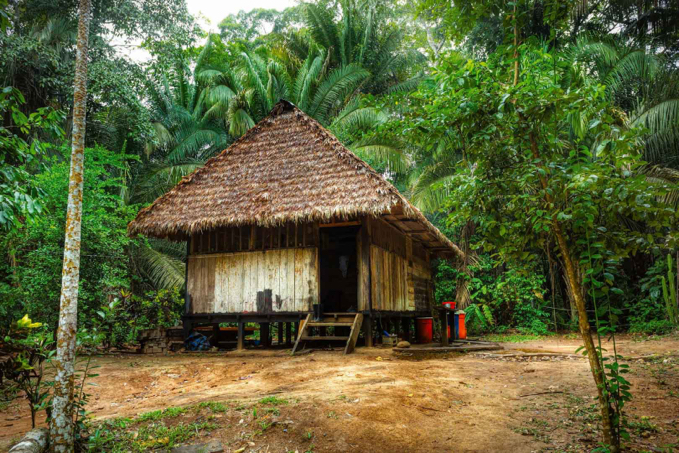
Our projects
Reducing and offsetting projects
To achieve carbon neutrality, reducing emissions throughout agroecological systems and offsetting projects managed by the expertise of Climate Partner have been essential.
Forest protection. Madre de Dios, Peru.
Protecting a threatened piece of the Amazon
Forests are not only among the planet’s most important carbon reservoirs. They also are home to an enormous diversity of species and are the livelihood for all people. However, global forest areas have declined sharply in recent decades due to increasing settlement, agricultural use, illegal logging and mining.
Read more
The Madre de Dios region is part of the Vilcabamba-Amboró Corridor, one of the largest areas with the highest biodiversity in the world.
In addition to endangered species such as the mahogany tree, jaguar, puma, howler monkeys, macaws and the boa, several indigenous, sometimes uncontacted peoples also live here. However, their valuable habitat is threatened by the Transamazônica road construction project across Brazil and Peru. This favours immigration into the ecologically sensitive area and associated developments such as agriculture and livestock breeding. LEARN MORE
Hydropower, Virunga, DR Congo
Hydropower, creating resilience
Virunga’s waters are both a source of life and energy. Rivers and streams within the National Park nurture unique plants and animals, such as the world’s last remaining wild mountain gorillas. Africa’s oldest national park on the eastern border of the Democratic Republic of Congo has the greatest biodiversity of the entire continent.
Read more
The currents of the Rutshuru River are used to generate sustainable energy through the small Matebe run-of-river power plant.
With a capacity of 13 megawatts, the plant generates clean electricity for households and small businesses giving about four million inhabitants access to electricity for the first time.
Street lighting provides more safety after dusk and new businesses create jobs, while the generated electricity provides local residents with an alternative to expensive kerosene and to the charcoal trade. These measures additionally protect the forests of the national park. With responsible economic development, our project contributes to more stability and peace in the region. LEARN MORE
Regional projects, Tree planting, France
Planting trees in your region
Forest protection projects ensure that forests are preserved in the long term and that the protection of forests is given a higher value than their deforestation. They are important for adapting to climate change.
Read more
Despite being densely populated in some regions, France is home to precious woodlands, including some remaining primeval forests. But these ecosystems, too, are affected by climate change: forest fires are destroying large areas. Drought and heat weaken tree species such as spruce. Their shallow roots do not reach deeper, aquiferous soil layers. Weakened forests are more vulnerable to storms and pests which may cause severe economic damage.
Mixed forests, for example with oaks and pines, are more resistant. They are well-adapted to environmental conditions and the risk of forest fires is lower. Therefore, ClimatePartner supports the afforestation and the change of local forests in France. LEARN MORE
Growing for Life
Growing for Life is a certification which ensures a product that respects the environment and the producers involved. This certification aims to preserve the health of our soils and fight against global warming through agricultural techniques andpractices that respect the living beings around them, and develop biodiversity.
Read more
Growing for Life relys on regenerative agriculture techniques in order to create holistic production systems that considerthe fields as whole ecosystem that needs to be protected. Working with regenerative agricultural allow us to reduce water footprint up to 25%.
This approach is based on 4 pillars for a unique and authentic agroecological approach:
1. COLLECTIVE INTELLIGENCE: knowledge and know-how of people
Planning the evolution of practices implemented by farmers through continuous training and participation in collective dynamics to progress and exchange.
2. OPTIMISING ECOSYSTEMS: preserving food sources and habitats
Restore the integrity of the landscape and soils for the benefit of optimised and preserved biodiversity.
3. BIO-LOGICAL CROP MANAGEMENT FOR AGROECOLOGICAL AGRICULTURE:
Minimise the use of sensitive resources such as water, inputs, synthetic products etc.
4. TECHNO-ECONOMIC AND ENERGY EFFICIENCY FOR A SUSTAINABLE MODEL:
Using alternative energy sources while ensuring farmer satisfaction
Do you have any questions? Contact us
"*" indicates required fields

